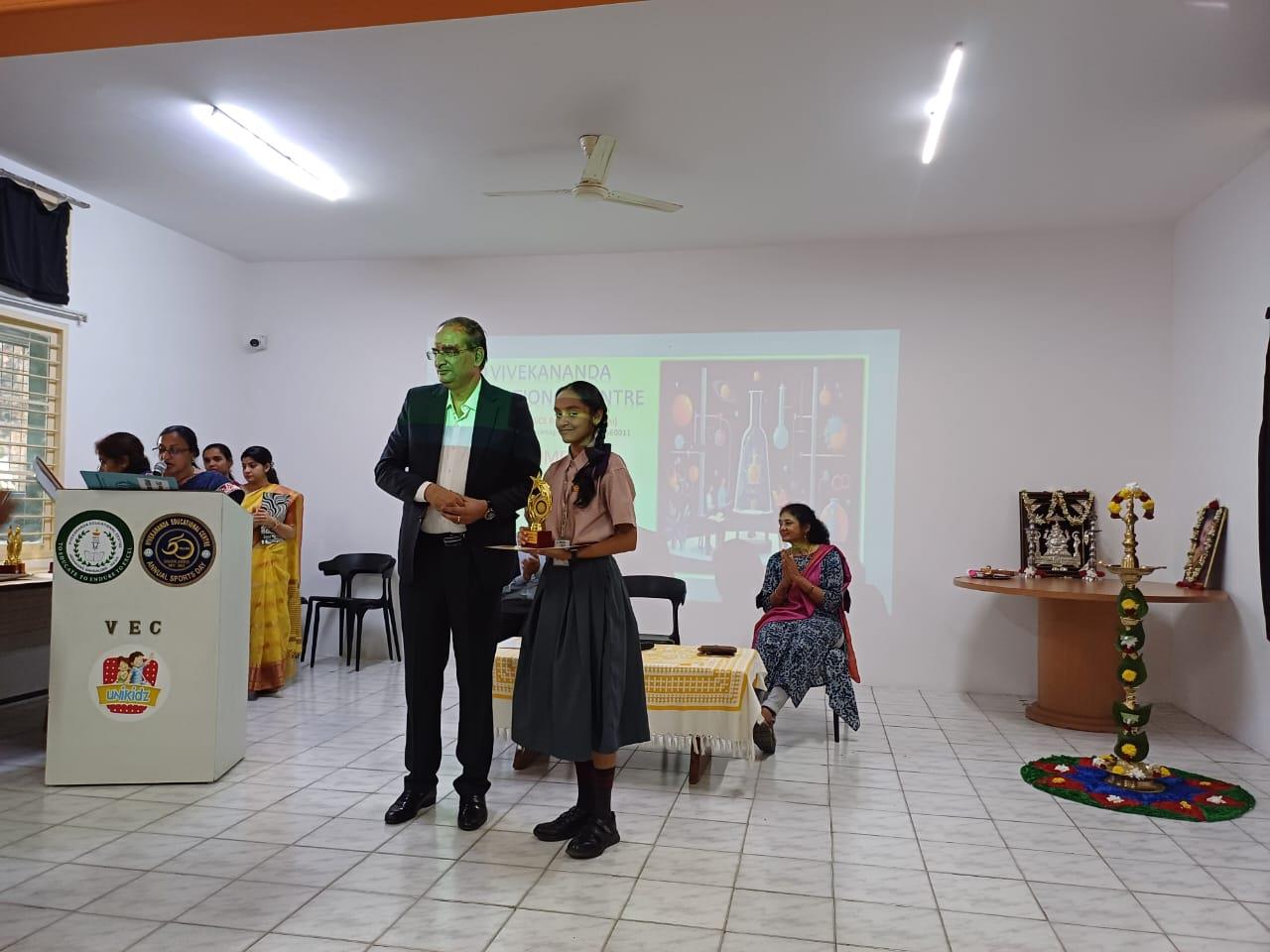How Schools Are Integrating Technology into Daily Learning?

In today’s digital era, technology is no longer just an add-on—it’s a vital part of education. Classrooms across the world, including schools in South Bangalore, are undergoing a digital transformation. From smartboards and AI-driven assessments to virtual labs and gamified learning, schools are embracing tech tools not just for the sake of modernization, but to genuinely improve how students learn and how teachers teach.
This blog explores how schools are integrating technology into daily learning, why it matters, and what this shift means for students, educators, and parents.
- Smart Classrooms: The New Normal : Gone are the days of chalkboards and bulky textbooks. Modern classrooms in many schools—especially in metros like Bangalore—are equipped with interactive smart boards, projectors, and tablets. These tools bring lessons to life with videos, animations, and real-time simulations.
For example, a lesson on the solar system becomes far more engaging when students can watch a 3D model of planets orbiting the sun instead of just reading about it. Top 10 schools in South Bangalore are adopting advanced classroom technology to make learning more visual, interactive, and accessible.
- Gamified Learning: Making Education Fun : One of the most exciting integrations of technology in schools is gamification—the use of game elements like points, badges, and leaderboards in non-game settings. This approach turns lessons into challenges or quests that make students feel more involved and motivated.
Digital quiz platforms and language learning tools have transformed traditional quizzes into fast-paced, competitive games that students enjoy. When children are having fun while learning, retention increases—and that’s a win for both educators and parents.
- Personalized Learning Through AI : Every child learns at a different pace. Technology enables personalized learning, where software can adapt content based on the student’s strengths and weaknesses. AI-powered tools assess performance in real time and suggest topics for revision or more practice.
This ensures that students who need more time on a subject can get it, while faster learners are not held back. Teachers also benefit—they can monitor progress more accurately and offer targeted support. This approach is gaining traction among schools in South Bangalore that aim to deliver more inclusive and efficient education.
- Digital Assessments and Online Homework : With the rise of digital platforms, many schools now conduct online tests, assessments, and assignments. Tools allow teachers to create tests that auto-grade responses, saving time and reducing bias.
Students also submit homework online, where teachers can give comments, track submissions, and offer additional resources. It’s efficient, eco-friendly, and easy to manage—even during school breaks or unexpected closures.
- Virtual Labs and Simulations : Subjects like science often require labs, but not every school has the infrastructure to offer hands-on experiences to every student. That’s where virtual labs step in. These provide students with digital experiments they can perform on a screen.
These virtual labs mimic real-world reactions and help students understand complex concepts like chemical bonding, dissection, or electric circuits—even if they’re learning remotely.
- E-Libraries and Online Resources : With technology, students are no longer limited to the school library. Many schools now subscribe to e-libraries that allow students to access thousands of books, encyclopedias, academic journals, and more from their tablets or home computers.
Digital learning resources have opened up access to a vast pool of information that supports their curriculum and encourages self-directed learning. These are widely used across the top 10 schools of Bangalore to complement classroom teaching.
- Teacher Training and Digital Literacy : For technology integration to succeed, teachers need to be digitally savvy. Schools are now investing in teacher training programs focused on educational technology tools, digital classroom management, and content creation.
Workshops, webinars, and online certification courses ensure that teachers are not just users of technology but creators of engaging digital learning experiences.
- Hybrid Learning Models : One of the lasting impacts of the pandemic is the rise of blended or hybrid learning—a mix of online and offline education. Schools now offer digital portals where class notes, recorded lectures, and assignments are uploaded for students to access anytime.
This model is especially helpful for students who need flexibility, extra revision time, or those who miss a class. It’s also a bridge between traditional education and modern flexibility—something being actively explored by many schools in South Bangalore.
- Enhanced Parent-Teacher Communication : Technology is also improving how parents and schools communicate. School apps and portals now offer real-time updates on attendance, marks, school notices, events, and even bus tracking.
This level of communication helps parents stay involved in their child’s education, track progress, and communicate with teachers efficiently.
The Bigger Picture: Why It Matters
Integrating technology into daily learning is not just about convenience—it’s about preparing students for a digital future. Today’s students will enter a workforce that demands tech skills, adaptability, and digital literacy.
By introducing these tools early, schools are equipping students with the ability to think critically, solve problems, and use technology responsibly—skills that go far beyond textbooks.
For parents choosing a school today, it’s worth exploring how deeply integrated technology is in daily learning. Because in a world that’s constantly evolving, the best education is the one that evolves with it.
If you’re looking for a school that combines strong academics with meaningful tech integration, Samved School is a great example. As one of the emerging names among the top 10 schools in South Bangalore, it offers a future-ready learning environment that prepares children to thrive in a digital world.

